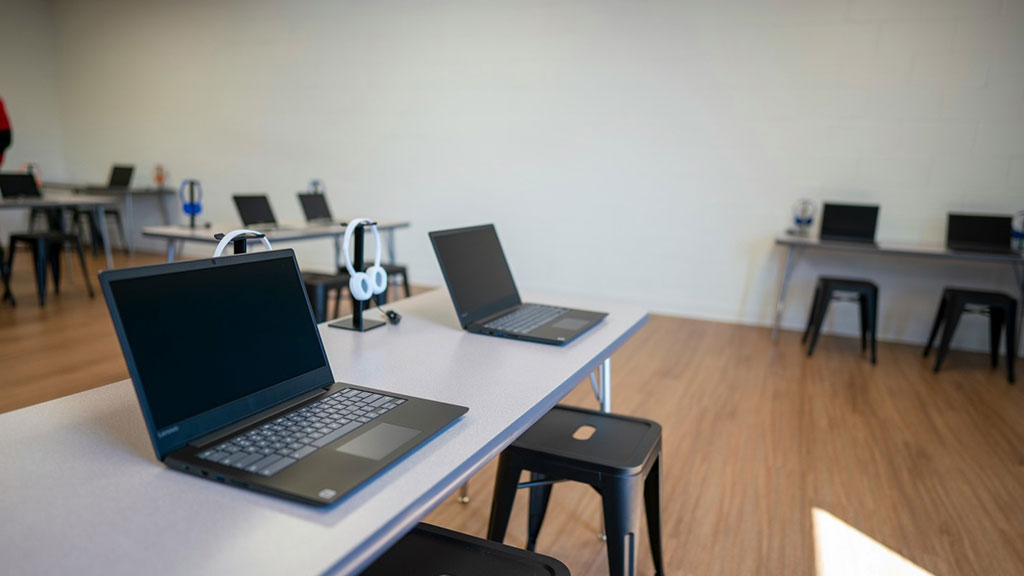
In today’s digital classrooms, keeping students safe online is as important as protecting them in the hallway. Content filtering, sometimes called web filtering or firewall filtering, lets schools control what sites and apps students can access. But it can feel complicated to set up and manage. Here are four steps to get it right.
- Define Clear Policies
Work with administrators and teachers to list which categories of sites are allowed (educational research, school portals) and which are blocked (malicious, inappropriate, gaming during class). Document these rules so everyone understands the “why” behind your filter.
- Choose the Right Technology
There are cloud‑based filters, on‑prem firewalls with filtering modules, and hybrid solutions. Cloud filters are easy to deploy across multiple locations. On‑prem hardware gives you deep control. SYAND can help you evaluate which fits your network size, budget, and support model.
- Balance Safety with Access
Block dangerous sites, but be careful not to overblock legitimate resources. Use “allow lists” for trusted educational domains and “block lists” for high‑risk content. Review filter logs weekly to see what’s being blocked and adjust as needed.
- Train Staff and Students
Even the best filter will not catch everything. Teach teachers to spot phishing links and inappropriate content in free‑text fields. Show students safe browsing habits and how to request site access when needed. Regular reminders keep everyone on their guard.
Why It Matters
Without proper filtering, schools face legal exposure under FERPA, COPPA, and CIPA. But more importantly, student safety and focus depend on a reliable, well‑tuned filter. When done right, content filtering protects both data and learning.
Need help fine‑tuning your school’s filter? SYAND’s education IT experts are ready to assist.


